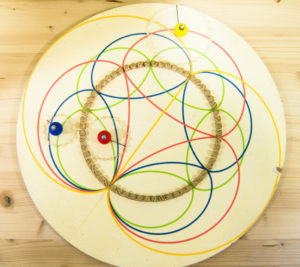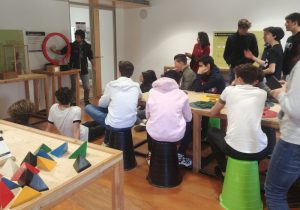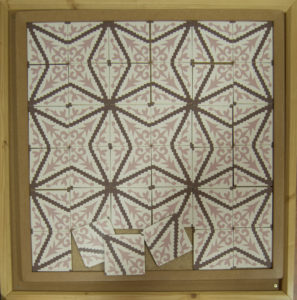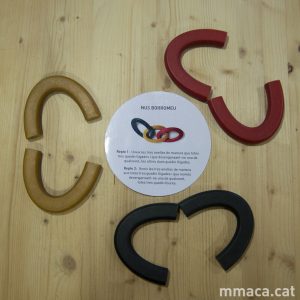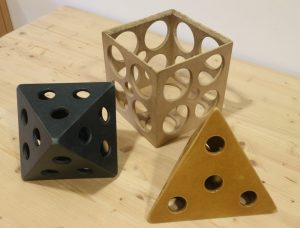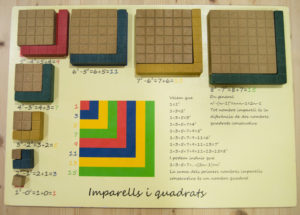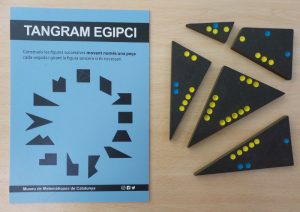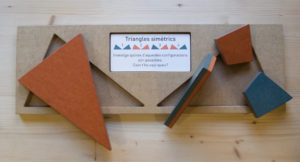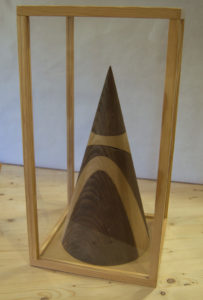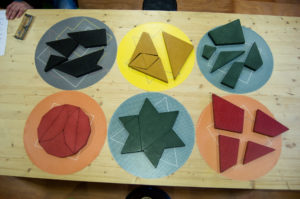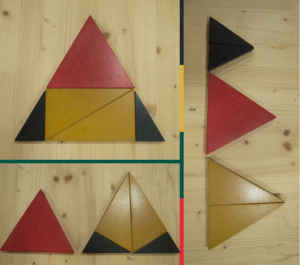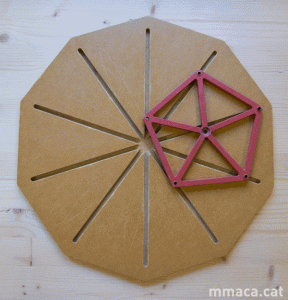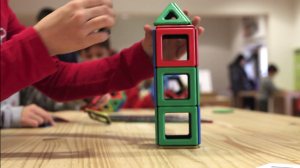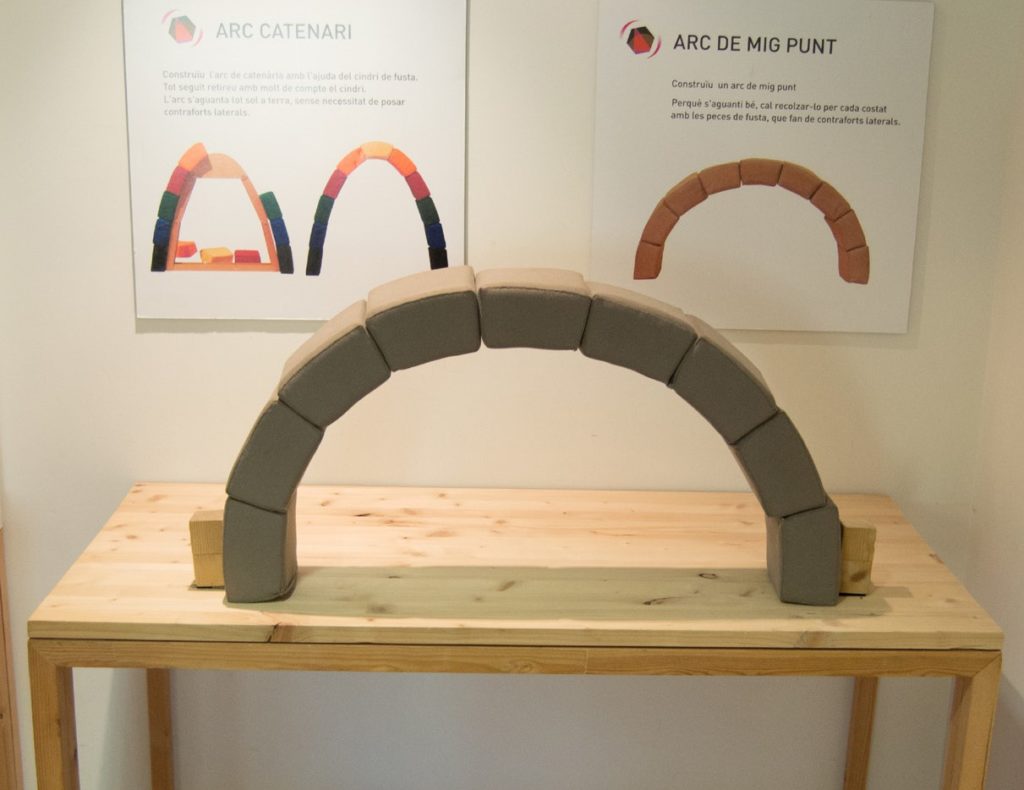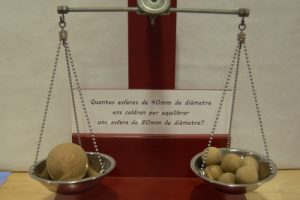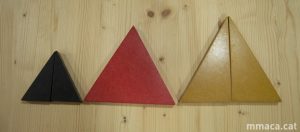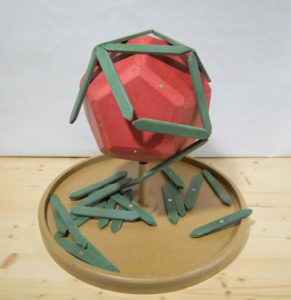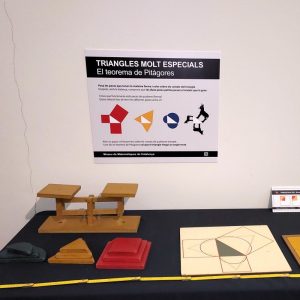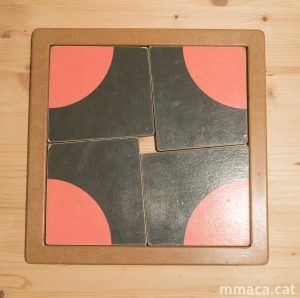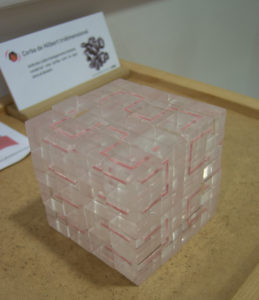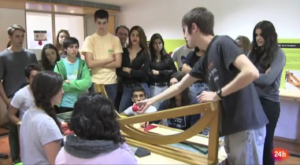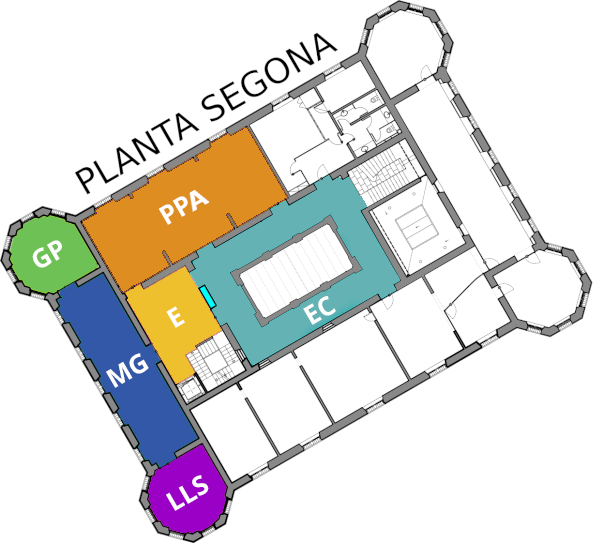
second floor

Pere Puig Adam Room
Geometry, curves, polyheders and inductive formulas
This room located in front of the staircase and elevator is dedicated to both flat and 3D geometry, curves and inductive formulas.
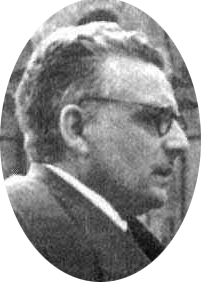
Who was Pere Puig Adam?
Pere Puig i Adam (Barcelona, 1900 – Madrid, 1960) was a pedagogue, mathematician and engineer.
A més dels seus treballs de recerca modelitzant matemàticament problemes sorgits de la física, com a professor de matemàtiques va escriure importants llibres de text tant en l’àmbit universitari com secundari. Les seves idees avançades al seu temps són encara avui un referent com podeu comprovar llegint el seu decàleg de 1955.
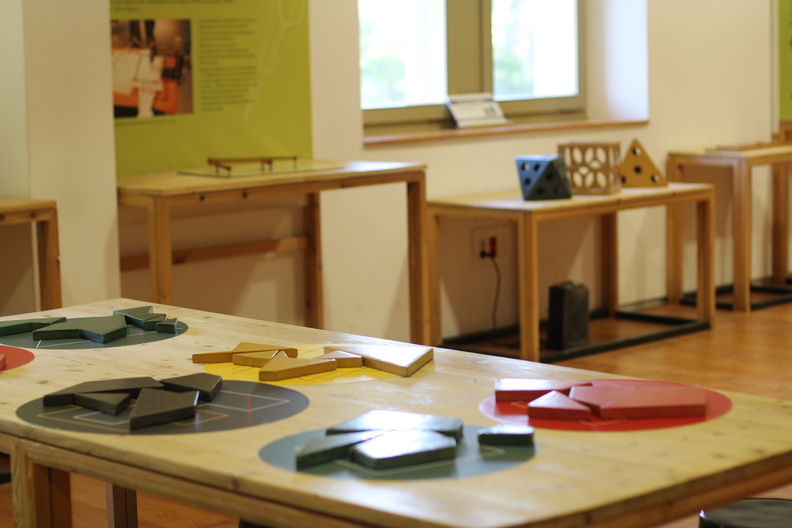
Decàleg de l'ensenyament de les matemàtiques de Pere Puig Adam (1955)
- Not to adopt a rigid didactic, but adapted in each case to the student, observing it constantly.
- Do not forget the specific origin of Mathematics or the historical processes of its evolution.
- Present Mathematics as a unit in relation to natural and social life.
- Carefully graduate abstraction plans.
- Teach by guiding the student's creative and discovering activity.
- Stimulate this activity awakening direct and functional interest towards the object of knowledge.
- Promote self-correction as much as possible.
- Achieve a certain mastery in solutions before automating them.
- Take care that the expression of the student is a faithful translation of his thought.
- To provide any student with successes that prevent their demoralization.
Some modules in this room
The curves that are obtained by rolling circumferences of different sizes.
Look at the sections of objects illuminated by the red LEDs of this ring.
Comprova com es poden aconseguir enrajolats diferents amb la mateixa rajola.
Three rings to link them in a very special way.
Try putting the tetraeder and octahedre in the cube.
Displaying numeric properties with buckets and other pieces.
Proposta de transformació d’una figura a una altra movent tan sols una peça per completar un recorregut circular.
Two equal triangles, of different colors on each side, not symmetrical. One of them is divided into three parts which are symmetrical. 4 challenges are proposed consisting of their placement in the corresponding spaces.
The artisanal wooden cone that shows its sections: Circumference, ellipse, parabola and hyperbola.
With the same pieces, it reconstructs two polygons.
Amb 5 triangles cal construir 1,2 i 3 triangles equilàters
Un octaedre i 20 tetraedres amb cares imantades i una proposta de construcció de l’ Stella octangula i el cub
Un pentàgon girant que funciona com un engranatge on les dents han desaparegut
Aparell articulat que mostra la transformació del pla anomenada inversió geomètrica que transforma rectes en circumferència. Resseguint amb una punta les siluetes de rectes i circumferències es comprova com l’altra punta traça les figures corresponents.
A tiled tiles with tiles in the form of a lizard designed by the artist M. Escher.
Build polyhedras with magnetized pieces.
We raise these arches with pillows.
How do the lengths, surfaces and volumes of similar objects change?
With all the pieces we build 3, 2 or 1 equilateral triangles
Put the blue poles, perpendicular to the edges of the dodecaedre to build the icosaedre.
Multiple ways to visualize and understand this famous theorem
The four pieces can be placed in the frame of two shapes, one, fill the frame and on the other they leave a small central square.
Amb 64 cubs transparents es proposa construir un cub 4x4x4 amb un recorregut continu.
Two balls, one low in a straight line, the other curving. What's the point before?
Additional resources and material
- Dossier to work in this room prepared by Toni Gomà and Daniel Bosch
- Didactic sheets of Marina Agudelo, 7 correspond to modules in this room
- Didactic sheets of ADEMGI colleagues, 4 correspond to modules in this room.
- Article by Josep Rey and Manel Udina in NouBiax 38 on the inductive formula module.
- Article by Anton Aubanell at NouBiax 39 on the module "Perimeter, surface,volume"

